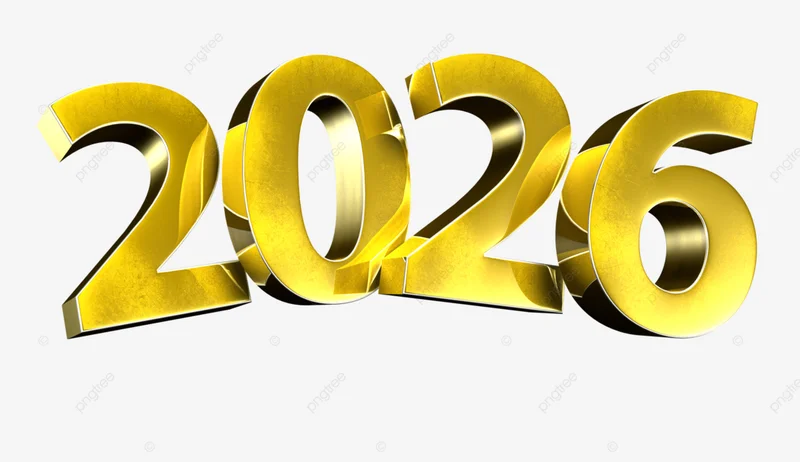The 2026 Tax Brackets Are Out. The Real Story Isn't the Numbers.
*
The Internal Revenue Service has performed its annual ritual, releasing the inflation-adjusted income tax brackets and standard deductions for 2026. On the surface, it’s a non-event—a routine, mechanical update to account for the rising cost of living. Taxpayers will see slightly wider brackets and a modestly higher standard deduction, a predictable tweak designed to prevent the phantom tax increase known as “bracket creep.”
For single filers, the standard deduction will rise to $16,100. For married couples, it’s $32,200. The income thresholds for each of the seven tax rates have been nudged upward by a factor that correlates with a relatively cool inflation print. Bloomberg Tax forecasted an inflation rate of 2.7% would be used for the adjustment, and while the IRS remains officially silent on the specific rate applied, the final figures align almost perfectly with that projection.
This is the kind of data that fills financial news columns for a day or two. It’s useful, certainly, for anyone running projections for the 2026 tax year (returns filed in 2027). But focusing on these minor adjustments is like analyzing the daily tide charts while ignoring the fact that a tsunami has permanently reshaped the coastline. The real story of our tax code wasn’t written in this week’s IRS revenue procedure. It was signed into law last year.
The Illusion of Inflationary Relief
Let’s first dispense with the headline numbers. The annual adjustments are designed to stop inflation from pushing your income into a higher tax bracket when your real purchasing power hasn’t actually increased. In that, they succeed. A single filer earning $50,000 in taxable income will find their top marginal rate remains at 12% in 2026, as the threshold for the 22% bracket has been pushed up to $50,401. Without this adjustment, a simple cost-of-living raise could trigger a higher tax liability, effectively punishing workers for keeping pace with inflation.
The standard deduction for a married couple filing jointly will increase by $700, from $31,500 in 2025 to $32,200 in 2026. For a single filer, the increase is a mere $350. These are not insignificant sums, but they are maintenance-level changes. They are the tax code’s equivalent of adding a quart of oil to an engine. It keeps things running, but it doesn’t change the engine’s design or its fundamental performance.

And this is the part of the annual tax-bracket narrative that I find genuinely puzzling: the intense focus on these incremental shifts as if they represent meaningful policy. They don’t. They are the result of an automated calculation, a predictable output based on Consumer Price Index data. The critical question isn’t how much the brackets shifted this year. The question is, what underlying structure are they shifting on?
The Permanent Imbalance of the ‘Big, Beautiful Bill’
The foundation of our current tax system was cemented in July 2025 with the passage of the “One Big Beautiful Bill Act” (OBBBA). This legislation made most of the 2017 Tax Cuts and Jobs Act (TCJA) permanent, averting what was being called a “tax cliff.” Before this bill, the lower rates were set to expire at the end of 2025, which would have caused tax rates to revert to their higher, pre-2017 levels.
The OBBBA prevented that reversion. In doing so, it didn’t just preserve the status quo; it locked in a specific and highly skewed distribution of tax liability for the foreseeable future. The annual inflation adjustments are now just minor calibrations to this permanent new reality. IRS reveals 2026 tax adjustments with changes from 'big, beautiful bill'
The data on the impact is unambiguous. According to a July analysis from the Tax Policy Center, the benefits of the permanent structure are allocated with extreme prejudice. A household in the bottom quintile of earners (making up to $34,600) will see an average tax savings of about $150 in 2026. That represents a 0.8% increase in their after-tax income. By contrast, a household in the top quintile (earning over $217,101) will save an average of $12,540. That’s a 2.5% boost to their after-tax income.
To put it more simply, the highest earners receive a benefit that is not only 83 times larger in absolute dollars but also more than three times larger as a percentage of their income. This isn't a bug; it's a core feature of the legislation. The annual inflation adjustment is like meticulously adjusting the trim tabs on a massive cargo ship to keep it stable. The OBBBA, however, was the act of permanently loading all the heavy containers onto one side of the vessel. The ship now sails with a permanent, structural list, and we’re all standing around congratulating the crew for tweaking the trim.
The legislation contains other provisions that reinforce this dynamic, including a significant increase in the lifetime estate tax exclusion to $15 million for 2026 (a tax that affects only the wealthiest fraction of a percent of estates). So while your standard deduction went up by a few hundred dollars to offset the price of groceries, the threshold for passing on generational wealth without taxation went up by over a million. What does it say about a system’s priorities when these two adjustments are discussed in the same breath?
The Real Bracket Creep Is Policy, Not Inflation
We are conditioned to worry about "bracket creep"—the insidious way inflation can quietly increase our tax burden. But the 2026 numbers reveal the distraction for what it is. The far more potent force is policy creep: the deliberate, legislative reshaping of the tax code that locks in disproportionate benefits for the highest earners under the guise of preventing a tax hike for everyone. The modest inflation adjustment you see is a comforting illusion of fairness, a bit of mathematical housekeeping that obscures the mansion’s lopsided architecture. The system isn't broken; it's working exactly as it was redesigned to.
